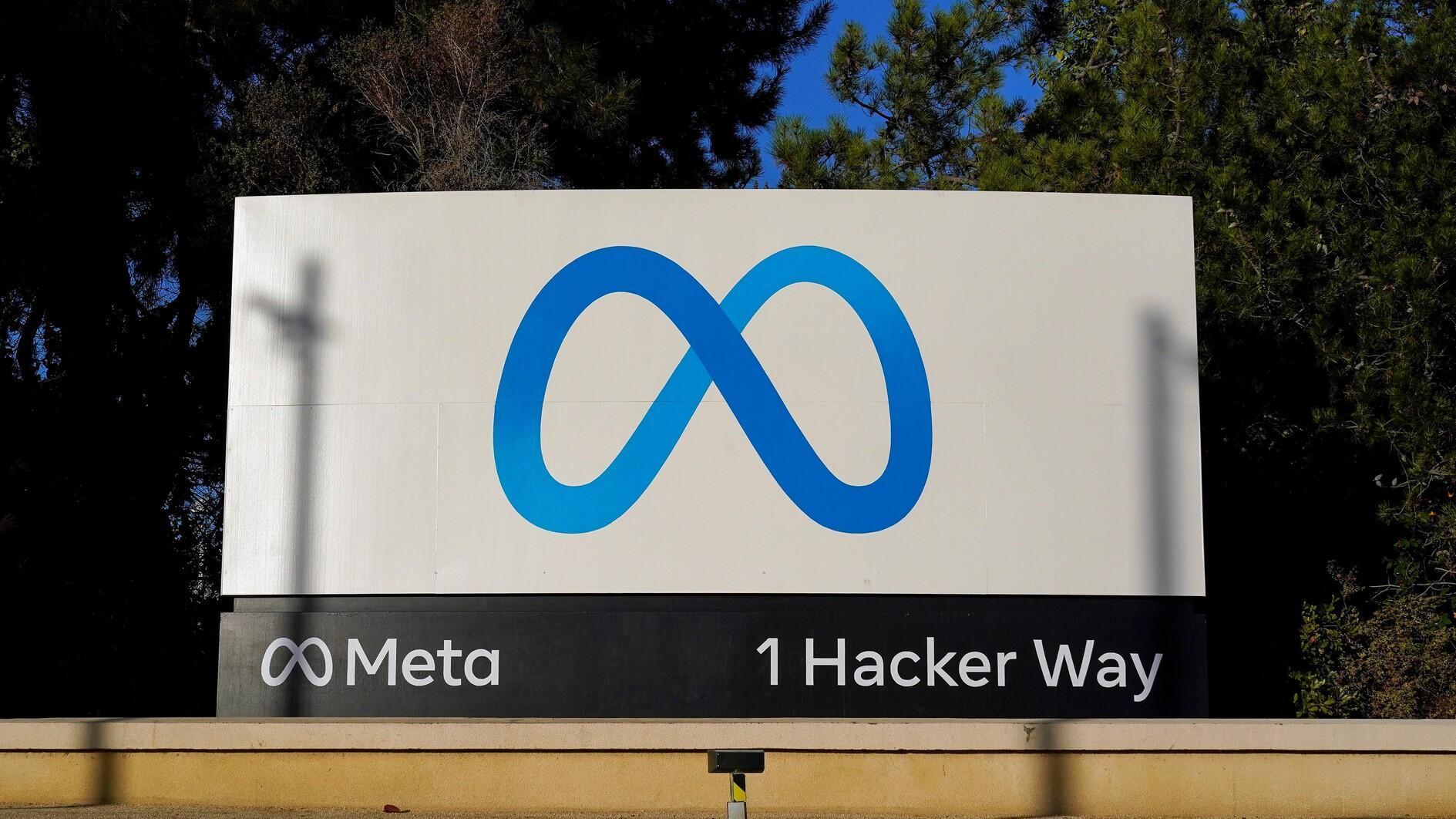How did al-Qaeda capture Idlib?
Syrian lands across from Turkey’s Cilvegözü border gate is being controlled by Hayat Tahrir al-Sham (HTS), which has roots in al-Qaeda.
How did this happen?
Ahrar al-Sham, another rebel group fighting Bashar al-Assad, that controlled a region with Idlib in the center, signed a truce deal with the HTS and its militias got on those famous pickup trucks and headed to the south of Idlib.
Why did this happen?
According to observers, Ahrar al-Sham had to reinforce the residential areas on the border with the regions controlled by the Assad regime and since it could not fight on two fronts, it left the north to the HTS, which is the “lesser evil” compared to Assad.
Al-Qaeda on our border
After this development, HTS militants put up checkpoints right across from our border. In two days, they took control of more than 30 villages including Bab al-Hawa, which is adjacent to our border.
The HTS is kind of a coalition. But its backbone is Fateh al-Sham, formerly known as al-Nusra Front that was linked to al-Qaeda.
In fact, the HTS and Ahrar al-Sham fought for a long time shoulder to shoulder against Assad forces.
However, when the regime took back many residential areas with the support of Russia and Iran, the HTS and Ahrar al-Sham could not share the remaining region and started clashing with each other.
Prime Minister Binali Yıldırım made comments on the issue on Aug. 11. Probably thanks to the briefings he received one day before at a security summit he chaired, Yıldırım had detailed knowledge on the issue. He said necessary measures were being taken in the 150-kilometer border with Syria in Hatay.
In some part of that 150-kilometer border is Afrin, controlled by the outlawed Kurdistan Workers’ Party’s (PKK) Syrian branch, the People’s Protection Units (YPG), while to the south of Cilvegözü is Idlib, controlled by the HTS.
The prime minister’s “radical groups have recently taken control there” remark was the most realistic picture of the region.
Emphasizing that Turkey will not allow the establishment of a new country across from its border, Yıldırım said they had necessary meetings with the relevant countries.
Yıldırım named the countries to “act together according to the developments: the anti-Islamic State of Iraq and the Levant (ISIL) coalition, Russia, the United States, and even Iran.
“Russia and Iran are seeking ways to deliver Idlib, which they cannot touch after Astana [agreement], to Assad,” is a theory that has long been voiced in the diplomacy circles.
It is understood that they found a way. With intelligence games, they pitted rebel groups in the region against each other, and the lands were delivered to a group deemed as the “top enemy” by the U.S. This group is one Turkey cannot also back. Naturally, both the Iran and Russia-supported Assad forces and the U.S.-backed YPG are in line for an operation.
My prediction is that Russia and the U.S. will have a “gentleman’s agreement” or a “division of labor.” It is more likely that not the U.S.-backed YPG - as some circles in Turkey are expecting - but the regime backed by Iran and Russia will attack the region.
Where will the fighters go if Assad captures Idlib?
The more critical process for Turkey starts after this question.
Probably because of the effect of famous Austrian writer Stefan Zweig’s “The Royal Game” on me, I will end the piece with a chess analogy:
You should avoid that a move you had to make brings defeat in the next move (or the following moves).
What was that move called?











